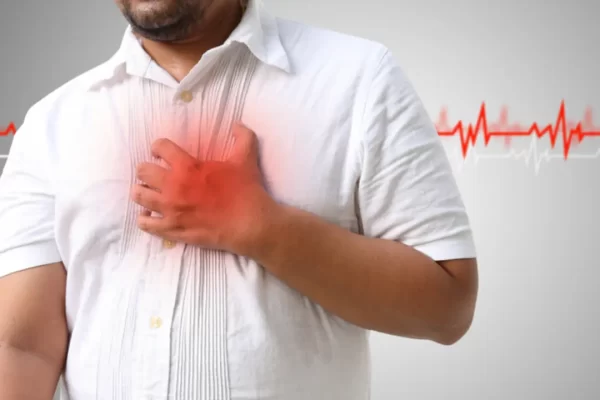Your circulatory system is designed to keep blood pumping throughout your body to keep you alive. Clots of blood are important and generally lifesaving as it prevents spills and excessive bleeding if there’s any cut or injury. However, these differently sized clumps of blood can pose a threat if formed inside of your vein and block the flow of blood. Blood clots can form anywhere in your legs, arms, stomach, lungs and heart. If the clot travels up your lungs, it can lead to organ damage, & even death. This is known as pulmonary embolism.
Of all the places in the body, blood clots are most likely to be found in your legs. Legs are the place where the clots tend to begin since gravity holds the blood to pool there.
Symptoms
You can’t really figure out whether you have a blood clot without some medical guidance from a doctor. It’s not always that your body would show signs of a clot. You could develop a blood clot and would indicate no obvious signs.
If you do suspect a potential clot, observe the following early signs and symptoms:
Blood clots in legs and arms, would show signs of:
- Skin may turn red and feel warm to the touch
- Swelling
- Cramping or soreness
If the blood clot(s) makes its way up to your lungs, you might experience:
- Sharp chest pain
- Shortness of breath
- Dizziness
- Sweating or fainting
If you notice any symptoms of a blood clot or deep vein thrombosis (DVT), this could be a medical emergency and seek attention as soon as possible.
Reasons/ Causes behind blood clots
Below are a few causes that could develop blood clots. Discuss with your doctor in case you fear what you’re feeling could be a blood clot.
Pregnancy or Postpartum
Doctors believe you can develop blood clots during pregnancy as your estrogen levels rise and remain elevated when you’re pregnant. And the risk has the tendency to stay even after giving birth.
Studies have shown that blood clots can be found in the first six postpartum weeks. It could also, in some cases, level up to 7 to 12 weeks postpartum.
Sedentary Lifestyle
It is vital to keep an active everyday routine, as sitting down for longer periods of time can increase the chances of blood clots formation. The longer you sit still, the greater the risk.
Living a sedentary life, be it at work or at home, without moving around increases the risk of deep vein thrombosis in the leg by 48%. Medical professional advice to move and use muscles frequently and walking around every 2-3 hours. You could also include light physical exercise, like stretching or extending your legs and body.
Being Obese
Being overweight or obese can also raise your chances of blood clots as the weight can put extra pressure on the lower body, resulting in an increase of pressure in the veins.
However, it is not always a possibility that the excessive weight will give you DVT.
Using combined hormonal birth control
Combined birth control uses both estrogen and progestin to prevent unwanted pregnancy. But with that, it can increase the chances of blood clots due to the presence of estrogen. Although, risk of developing a clot on birth control pills is low, the concern remains if you have a family or personal history of blood clots.
Studies have not been able to exactly pinpoint this entire combined estrogen-progestin mechanism. Dr. Sean Fisher, from US’ Providence Saint John’s Health Center, states, “the literature on this has shown that the estrogen component seem to be the driving factor with respect to thrombosis risk. The mechanism behind this is not entirely understood and more research needs to be done to determine how progestin affects blood clot risk & without estrogen.”
Consult your medical professional for a better understanding on the condition and how to reduce your risk factors.




